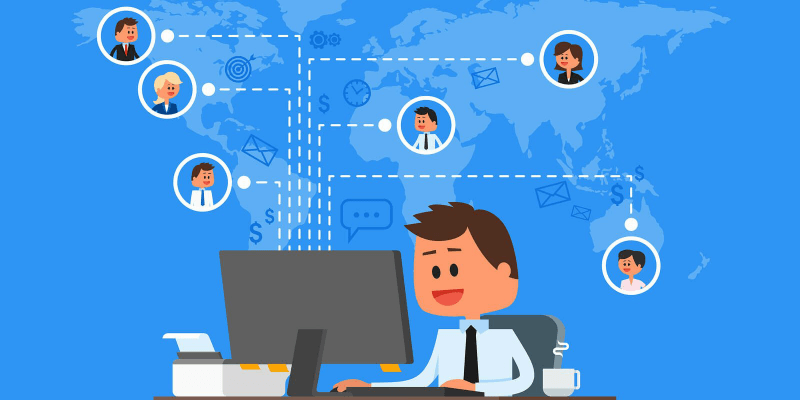Secure Remote Work
New way of working
Since COVID-19 lockdowns were announced have companies been enabling more and more remote working to be able to have staff performing the day to day business remotely, IT departments in vast numbers of organizations have scrambled to enable their employees to continue working from home – and, in many cases, security has been significantly impacted.
Remote working cover all across emails, file access, video meetings, messaging as well ability to access company applications.
Earlier was all remote working performed through VPN connectivity by limited number of staff members – with covid have it be normal that almost all staff can access company services and data from home.

Managed Public Cloud
AWS, Azure and Google compute platform (GCP) are world leaders. We work with all three of them. Used properly, their flexibility and settlement model provide both competitive advantages and savings on the total cost of ownership for infrastructure and applications.
We are agnostics when it comes to choosing a system. We grew up with AWS, but our procedures and services can be used across the three major cloud providers. And no matter if you choose AWS, Azure or GCP, the public cloud gives you.
- Flexible, scalable infrastructure
- Global redundancy and resilience
- Pay-as-you-go billing - you only pay for what you spend
- Less up-front investment in hardware and operations
- Access to huge range of services, delivered as Software-as-a-service, Platform-as-a-service and Infrastructure-as-a-serviceMobileware offer managed public cloud service you get a provider that assists you in your transformation towards a more scalable infrastructure in the cloud. We have expert knowledge of how public clouds should be managed, used and optimized, and will offer to operate your cloud solution 24/7 no matter if it is in Digital Ocean, Azure, AWS or GCP.
Main secure points
Educate Your Workforce
Make sure your employees know how to see and stop common attacks (like phishing). Due to the current climate, you may need to send out additional training or refreshers to help your workforce recognize potential threats.
Enable MFA for Even Stronger Security Username and password is no longer strong enough for modern enterprise networks, especially for something as sensitive as a remote desktop. MFA significantly hardens your security posture.
Prepare Your Incident Response Tactics
Make sure incident response plans are readily accessible with particular focus on saving response plans locally.
Know Who You Are Connecting to
Educate your employees on the risks of using free/open wireless internet, including how to secure their traffic via VPN or identify insecure traffic should they be required to connect from an untrusted location.
Divide Between Work and Pleasure
Avoid mixing work and leisure activities on the same device. Work activities should be confined to work devices and personal activities to personal devices.
Manage Remote Desktop Access
Configure remote desktop servers so they accept connections only from the networks authorized to establish those connections.
Keep Communications Open
Give employees avenues to openly communicate with your security and IT staff beyond submitting a trouble ticket. Your employees want to do the right thing, so be available via many mediums and keep lines of communication open.
Update Passwords Frequently
Your employees should be changing their passwords every few months – this becomes more important than ever when they are off the corporate network. Additionally, update your router’s password.
Have a Backup Strategy and Follow it
If a ransomware attack was to get through, your files could be gone in an instant. Make sure your backup plans cover all servers and workstations.
Use Managed Devices if Possible
If a managed device is not possible, use a brokered connection or a virtual workspace and use
